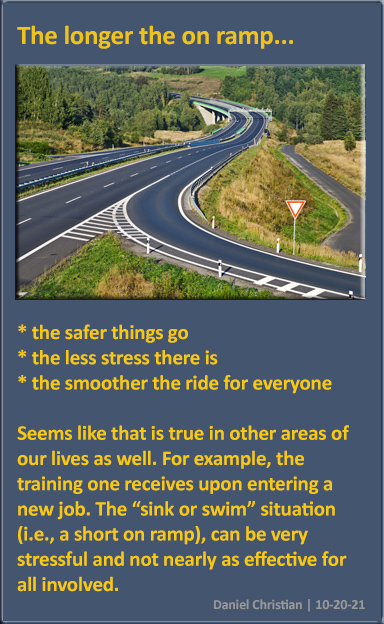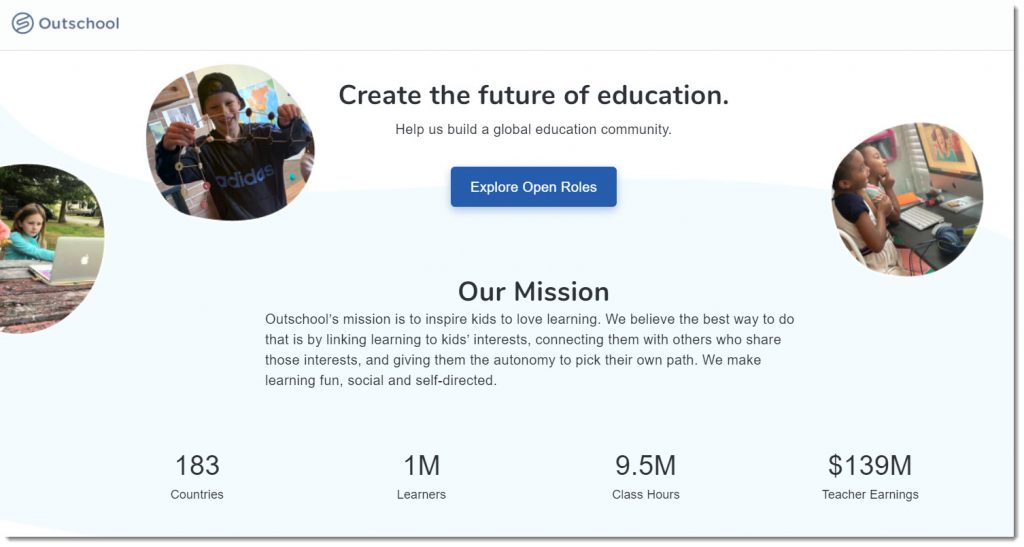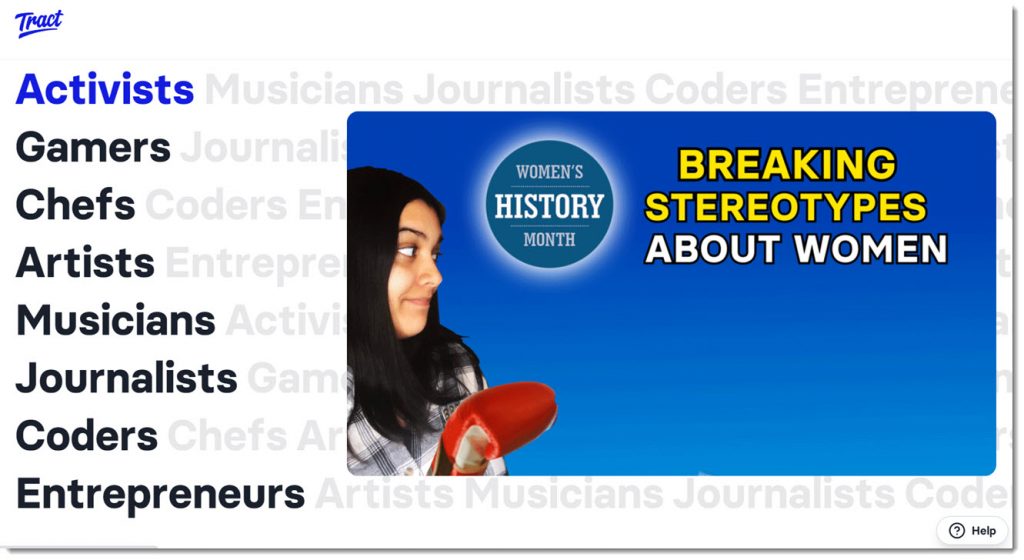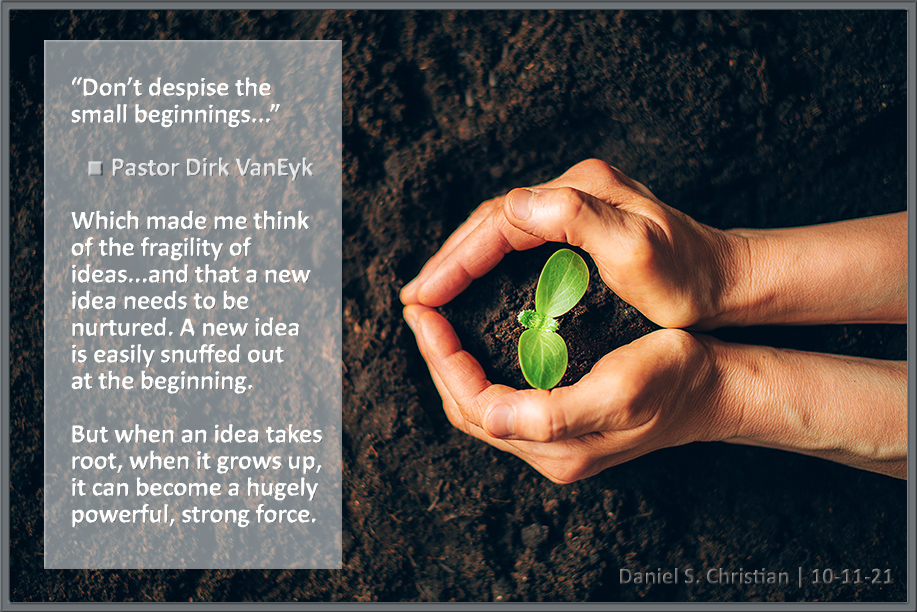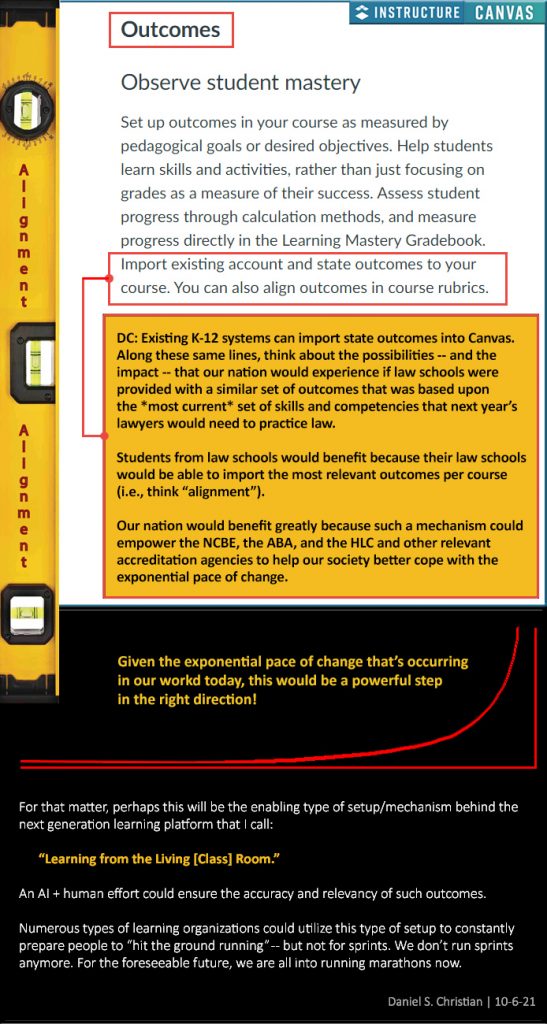The Great Education Unbundling and How Learning Will be Rebundled — from gettingsmart.com by Nate McClennen, Tom Vander Ark
Key Points
- The pandemic accelerated the great unbundling of learning – at least for those with access, agency, and advocates.
- While unbundling will expand, how learning is rebundled will emerge as the next innovation — accessible, personalized, accountable and massive.
Excerpts:
By removing the barrier of full credit/school offered, schools become more robust in terms of richness of offerings as well as more personalized to meet the needs of students and communities.
The majority of unbundled experiences still fall back on the course level as the smallest granular level of choice. Following the lead of industry, unbundling in schools should mean a reduction in grain size so that skills are the level of unbundling rather than courses.









